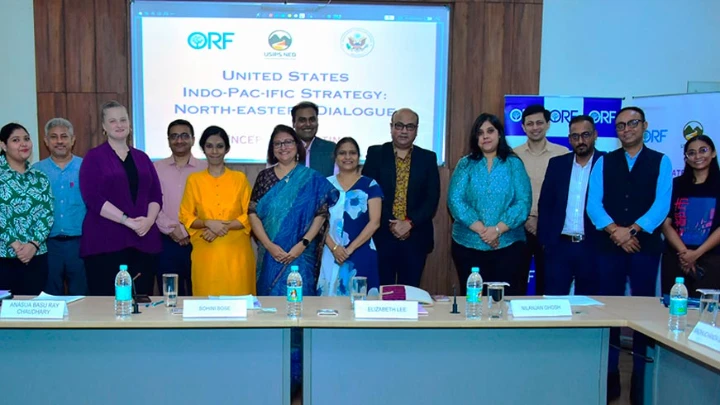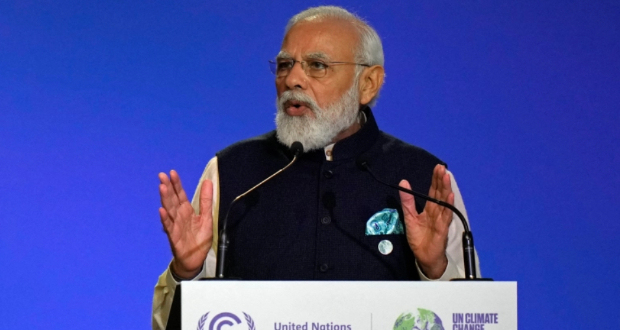As the ‘nation’s gateway to the East’ and as the hinterland of the Bay of Bengal, the Northeast has undeniable potential to strengthen India’s connectivity with its eastern neighbours and realise its policy aspirations for the Indo-Pacific. Located at the juncture of South and Southeast Asia, the Northeast is also a geographic node through which the markets of multiple countries can be accessed, which makes it a coveted investment destination for other countries seeking to forge stronger partnerships with both geopolitical blocs. However, the Northeast remains an underutilised asset in India’s growth trajectory. It faces substantial challenges, such as fragile and inadequate infrastructure, limited cross-border trade, and climate vulnerabilities, which impede its integration into the wider Indo-Pacific region.
The US and India are historic partners as the world’s oldest and largest democracies, respectively. Over the years, their partnership has manifested across multiple domains, ushering in mutual prosperity, security, and well-being. The US Indo-Pacific Strategy, released in 2021, showcases the country’s commitment to “India’s continued rise and regional leadership” and complements New Delhi’s interest in fostering regional growth and strengthening its relationship with Southeast Asia. India’s Northeast thus becomes a zone of their converging policy interests, making it a natural platform for their collaborative initiatives to develop this space as the first step towards building a more free, connected, prosperous, and resilient Indo-Pacific.




